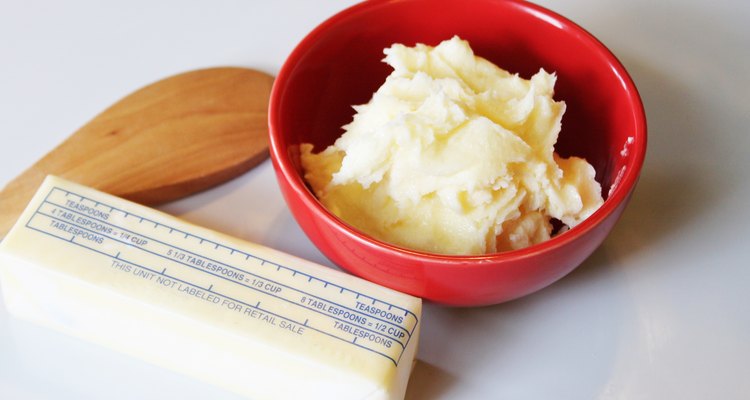
Creaming butter, one of the first steps in many dessert recipes, refers to when butter is whipped and then sugar is added. The mixture is beaten until it is pale and light. Because the air molecules that are introduced during this step are what make the dessert light and fluffy, creaming properly is very important. Many chefs today are used to using electric mixers to complete this process, but an electric mixer is not necessary for properly creamed butter.
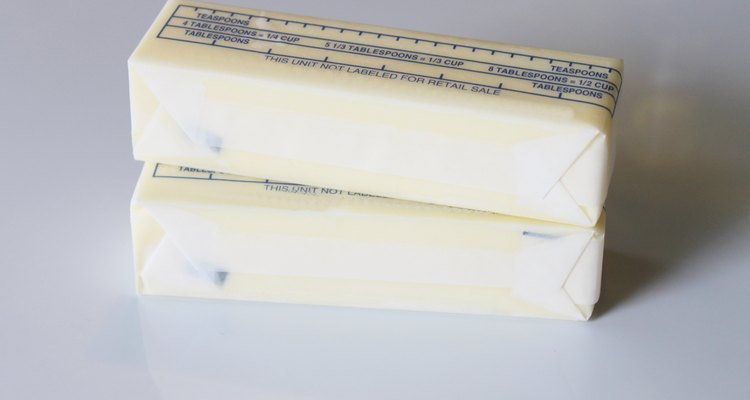
Place the butter out on the counter for at least an hour, or until it becomes room temperature. The butter should feel soft, but not warm or melted.
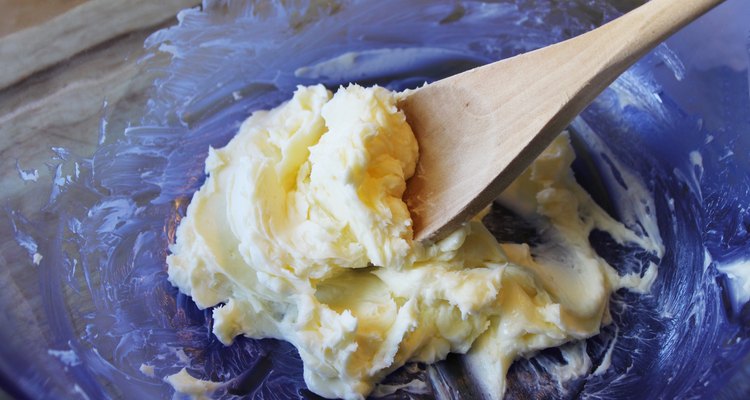
Slice the butter into cubes, and put the cubes in a large bowl. Beat the butter with a wooden spoon until it is soft and is no longer divided into cubes.
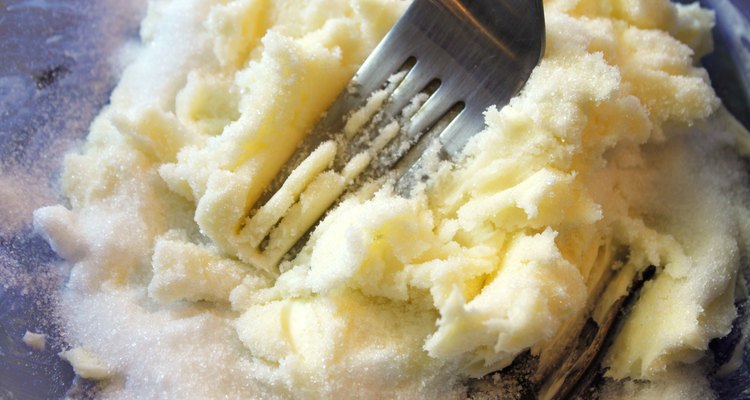
Add sugar to the butter and use the bottom of a fork's tines to gently mash them together.
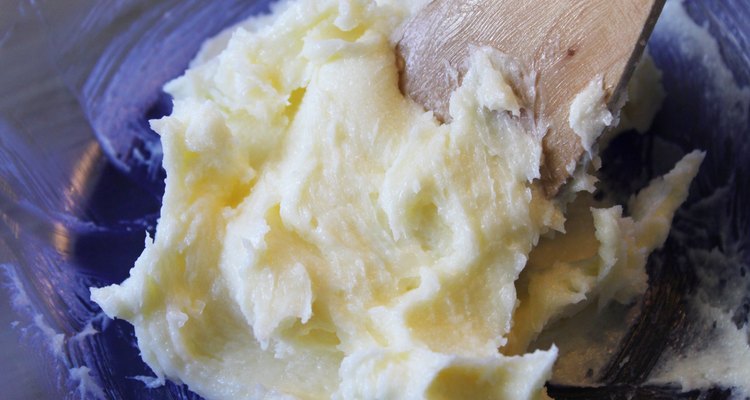
Switch to the wooden spoon and stir the butter and sugar until they're light and fluffy, using a rubber spatula to scrape the mixture off the sides of the bowl occasionally. The butter is creamed when it has almost doubled in mass and its color has lightened to a yellowish-white shade.
Related Articles
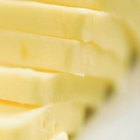
How to Quickly Thaw Butter

What Can I Substitute for Butter When ...

Softened vs. Melted Butter When Baking

How to Make Homemade Cream From Milk in ...

What Is the Highest Quality Butter for ...

Adding Cold Water to Whipped Butter
Best Homemade Cream Cheese Frosting
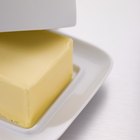
Butter Substitute for Molten Lava Cake

How to Make Fresh Strawberry Frosting ...

What Can You Use Instead of Powered ...
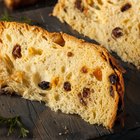
The Calories in Panettone

Softened vs. Melted Butter When Baking
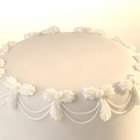
How to Make a White Decorator Icing

How to Make Whipped Frosting Without ...
How Long Can Unsalted Butter Go ...

How to Use Shortening Instead of Oil ...
How to Make Alfredo Sauce With Cream ...

How to Mix Whipped Cream Cheese & ...

How to Set the Date and Time on a Rolex ...
Simple Chocolate Frosting Recipe
Tips
- It will take about 15 minutes to cream the butter by hand.
- If the butter becomes too oily or melted during the creaming process, nest the bowl containing the butter in a bowl about a third full of cold water. The water will chill the bottom of the butter bowl, helping the butter set up a bit. Continue stirring the butter with the bowls nested until it is creamed.
Photo Credits
Anne Foster Coleman/Demand Media